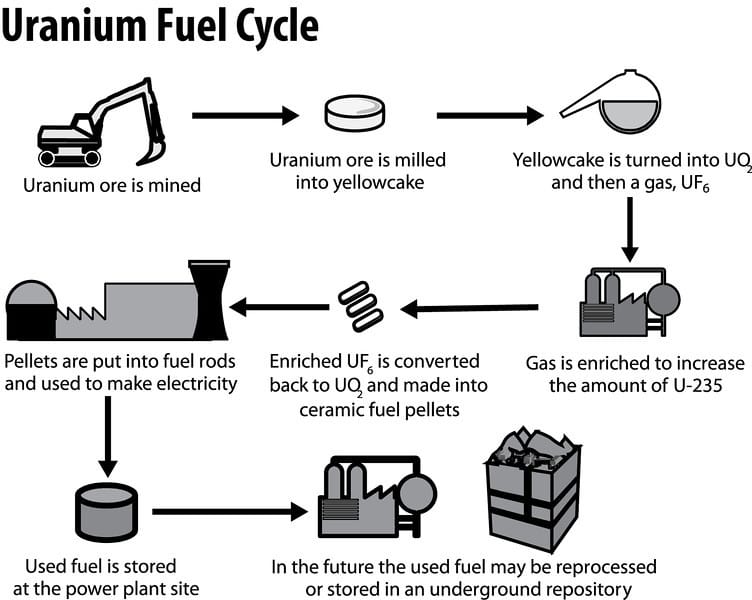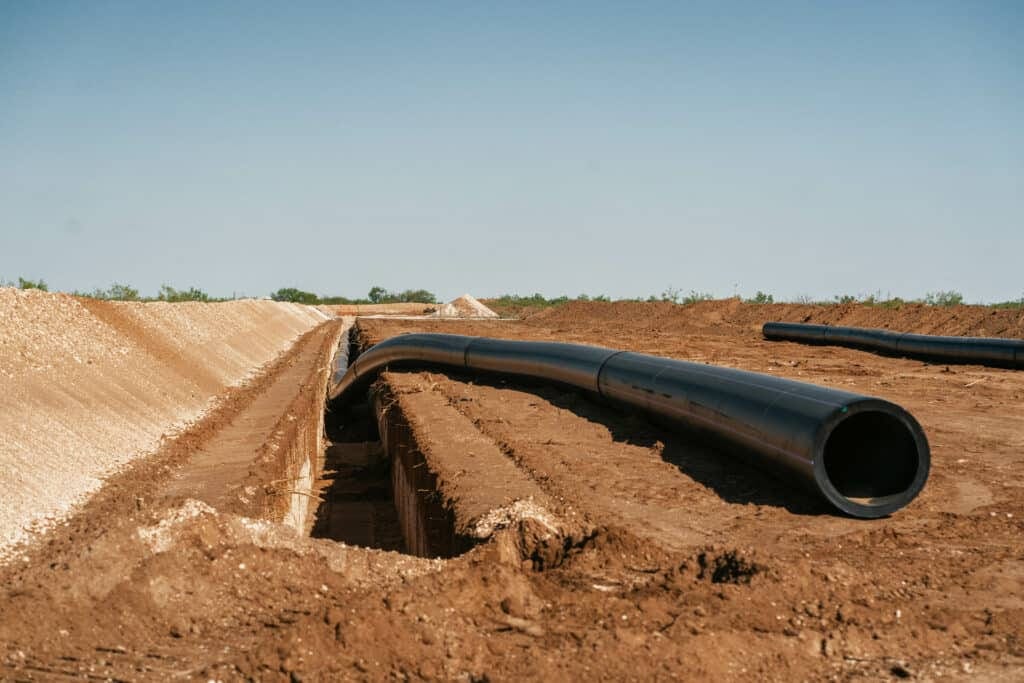Introduction
In the quest for sustainable energy solutions amid growing concerns about climate change and depleting fossil fuel reserves, uranium energy has emerged as a pivotal player in the global energy landscape. Encompassing nuclear energy production, uranium mining, and related technologies, uranium energy offers a viable alternative to traditional energy sources. This blog post aims to provide an in-depth understanding of uranium energy, discussing its benefits, challenges, and future potential. dcpipe pipeline expert

Understanding Uranium Energy
Uranium is a naturally occurring element found in rocks, soil, and water, with uranium-235 (U-235) being the isotope most relevant to nuclear energy generation. When U-235 is subjected to a process called nuclear fission, it releases a substantial amount of energy, which can then be harnessed to produce electricity. This process occurs within nuclear reactors, where controlled chain reactions generate heat used to produce steam that drives turbines.
The Role of Nuclear Reactors
Nuclear reactors are critical to the uranium energy process. There are several types of nuclear reactors, with pressurized water reactors (PWR) and boiling water reactors (BWR) being the most common. Both types use uranium fuel rods, which undergo fission, ultimately leading to steam production. This steam delivers energy to turbines, converting thermal energy into electrical energy.
Importantly, nuclear reactors are designed with rigorous safety systems to prevent accidents and mitigate risks associated with radioactive materials. The nuclear energy sector has made great strides in enhancing safety protocols, especially following high-profile incidents like the Chernobyl disaster in 1986 and the Fukushima Daiichi disaster in 2011.
Benefits of Uranium Energy
The benefits of uranium energy are manifold, making it an attractive option for countries seeking to diversify their energy portfolios.
1. Low Greenhouse Gas Emissions
Nuclear energy is one of the cleanest sources of energy available, emitting negligible greenhouse gases during operation. This characteristic is paramount in the fight against climate change, enabling countries to meet their carbon reduction targets while continuing to produce reliable electricity. According to the International Atomic Energy Agency (IAEA), nuclear energy avoids approximately 2.5 billion metric tons of carbon dioxide emissions annually.
2. High Energy Density
Uranium possesses an exceptionally high energy density compared to fossil fuels. A single kilogram of enriched uranium can produce as much energy as several tons of coal or thousands of liters of oil. This energy density allows nuclear power plants to operate efficiently, requiring far fewer resources to generate a consistent electricity supply.
3. Reliability and Base Load Energy
Nuclear power plants provide continuous, uninterrupted energy, making them a reliable source of base load power. Unlike renewable sources such as solar and wind, which are dependent on weather conditions, nuclear reactors can operate at high capacity around the clock. This reliability is essential for maintaining the stability of the electrical grid.
4. Reducing Dependency on Fossil Fuels
Uranium energy plays a critical role in reducing dependency on fossil fuels, thus contributing to energy security. As countries strive for energy independence, uranium offers an alternative that can be used in conjunction with renewable energy sources to build a diversified and resilient energy infrastructure.

Challenges Facing Uranium Energy
Despite its numerous advantages, uranium energy is not without challenges. Addressing these issues is crucial for its long-term viability.
1. Radioactive Waste Management
One of the most significant challenges of nuclear energy is the management of radioactive waste generated during the fission process. High-level waste remains hazardous for thousands of years, necessitating secure and long-term storage solutions. Various strategies have been proposed, including deep geological repositories and advanced recycling methods, yet achieving consensus on waste disposal remains a contentious issue.
2. Nuclear Accidents and Public Perception
High-profile nuclear accidents have left an enduring stigma associated with nuclear energy. Public perception regarding safety continues to hinder the development of new nuclear power projects. Transparency, stringent regulatory frameworks, and improved safety measures are crucial in restoring public trust in the nuclear energy sector.
3. Uranium Supply and Geopolitical Factors
Uranium is mined globally, with significant reserves located in countries such as Australia, Canada, and Kazakhstan. The geopolitical landscape can influence uranium supply and pricing, making countries vulnerable to market fluctuations and supply disruptions. Building reliable supply chains and exploring alternative sources of uranium can mitigate these risks.
4. High Initial Costs
Constructing nuclear power plants involves substantial upfront investment. Despite lower operational costs in the long run, the high initial capital expenditure can be a deterrent for governments and private investors. Advances in technology and modular reactor designs may help reduce costs and improve economic feasibility.
The Future of Uranium Energy
The future of uranium energy looks promising as advancements in technology and the global shift towards decarbonization create new opportunities for nuclear power.
1. Next-Generation Reactors
Innovations such as small modular reactors (SMRs) and Generation IV reactors are paving the way for a new era of nuclear energy. These advanced reactors offer enhanced safety features, increased efficiency, and the ability to utilize alternative fuels. Additionally, they accommodate flexible applications, including remote power generation and integration with renewable energy systems.
2. Innovations in Waste Management
Research in advanced waste recycling technologies promises to address the challenges of waste disposal. Techniques such as pyroprocessing and nuclear reprocessing can recover valuable materials from spent fuel while reducing the overall volume of hazardous waste. These innovations may enhance the sustainability of nuclear energy.
3. Global Collaboration
As nations work towards ambitious climate goals, international cooperation in nuclear energy development is essential. Collaborative efforts can drive research initiatives, improve safety standards, and promote the exchange of best practices. Organizations like the IAEA play a vital role in facilitating global dialogue and fostering safe nuclear technologies.
Conclusion
Uranium energy stands as a critical component of the global energy mix, offering substantial advantages in addressing climate change and energy security. While challenges persist, continuous advancements in technology, management strategies, and international collaboration can enhance its future viability. As the world continues to transition towards low-carbon energy solutions, uranium energy will undoubtedly play a significant role in shaping a sustainable energy landscape for generations to come. dcpipe pipeline expert

